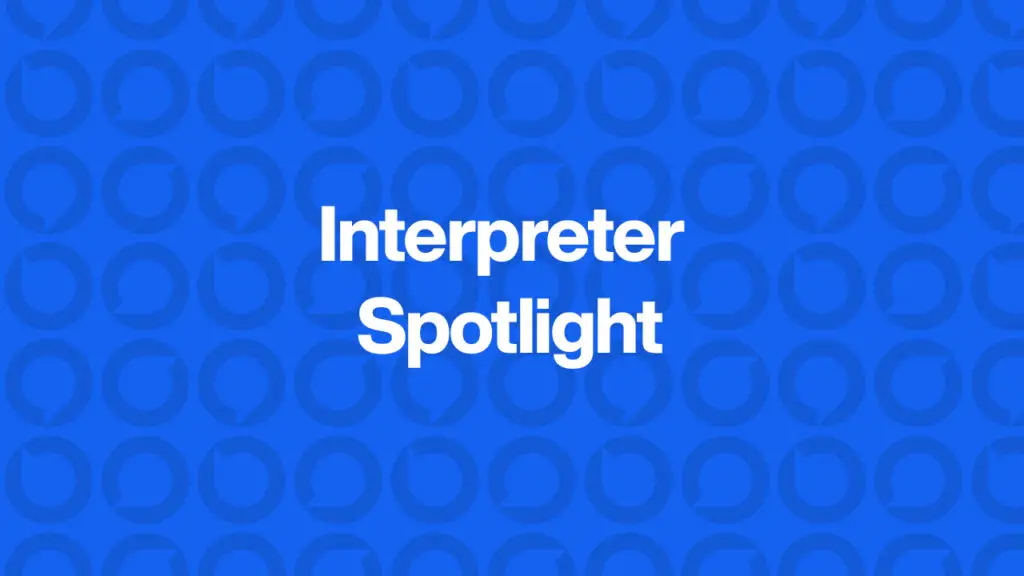Each month we get to know one of the interpreters in the Boostlingo Hub. This month we sat down with May Lee, a Hmong interpreter with MultiLingual Technologies.
MultiLingual Technologies is one of our language service partners backing the network of 10,000 interpreters providing interpretation on the Boostlingo platform.
In this interview, May shares insight and perspective from her journey as a professional interpreter with over 10 years of experience. May also discusses how interpreting can be an art form that requires creative thinking when certain situations arise.
Q: How did you get started in the interpreting industry?
I’m bilingual, and I’ve always done it for my parents and family members. It’s something that has always been a part of my background.
Where I come from, not a lot of our elders speak the English language. I got involved in the industry because the elders are having a hard time.
Q: What has your experience been like since you started interpreting?
There’s variety with MultiLingual, I’m not grounded to one thing. So, calls are always different scenarios, and they’re always interesting.
It’s exciting and at the same time, it’s also intense, depending on the situation.
Q: Is there a particular type of interpreting you prefer?
I like medical interpreting. I’ve done interpreting for counseling, therapy, rehab, and medical evaluation.
Q: What is your approach to sensitive situations as an interpreter?
I’m a remote interpreter but I’m also an on-site interpreter. Sometimes my on-demand calls are easier than my on-site calls.
In our Hmong culture, we don’t talk about, when it comes to medical, more personal stuff.
Over the phone, I don’t see them, they don’t see me, they don’t know who I am. They can be more open about it, telling it to the doctor versus me being there. So, it’s easier to deal with those kinds of more personal sensitive situations.
Q: Are there experiences where you were a cultural advocate in your interpreting work?
In our Hmong culture we have a Hmong herbal remedy, but the family didn’t know what the English term for it is. I just happened to pick up that call and the nurse says, ‘can you interpret and tell me what the herbal remedy is in English?’ There’s a layman’s term that we call it in Hmong, which is yellow ginger, but the actual name for it would be turmeric.
So, a lot of the time the nurse will call and ask, ‘Do you know what this is?’
Q: What is your process whenever there is a word that doesn’t translate?
In the resource for training, a lot of the Hmong words and the English words were acronyms and vocabulary, they don’t really match up. So, you have to be creative.
Sometimes you have to describe it in detail because we don’t have a word for it, or you have to put it in layman’s terms.
A lot of interpreting is not straight interpreting. It’s a kind of art.
Q: Do you have any advice for new interpreters?
Know your acronyms, I cannot stress how important it is to know your acronyms.
In the medical field, if you are not sure, because we don’t have an actual direct word for certain words, you can always ask the doctor and let them know, ‘we don’t have actual words for that, can you rephrase that?’
Ready to reimagine interpretation with Boostlingo?
We’re on a mission to boost language access through innovative tech. Our team is here to help when it comes to streamlining your interpretation needs. Follow us on LinkedIn, Twitter, Facebook and Instagram. Contact us today for a free quote!


